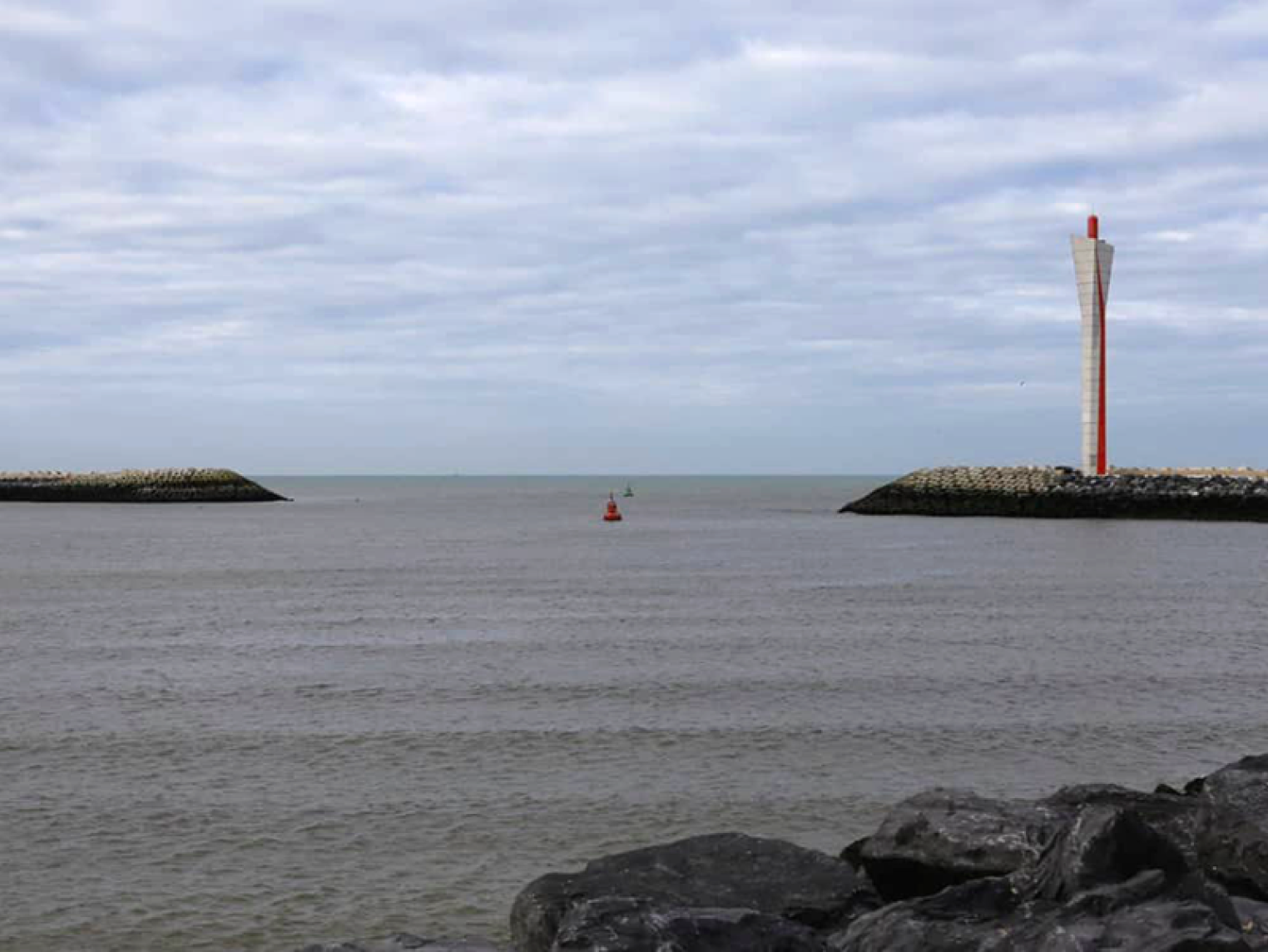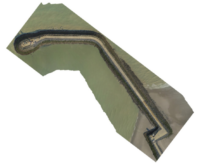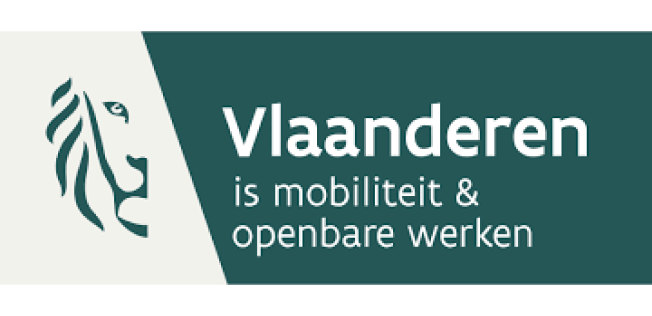Stability monitoring of sea breakers through AI-driven object detection.
Anyone who has sailed into the ports of Ostend or Zeebrugge is undoubtedly familiar with the concrete blocks that protect the sea breakers. These blocks, called HARO blocks, are intended to shield the lower-lying polder areas from strong waves. The sea is in constant battle with the land to conquer territory. In response to the sea’s actions, there is essentially a choice between hard coastal defense techniques and soft coast protections.
When it comes to robust solutions, such as building breakwaters, groynes, dikes, and the familiar concrete blocks, they all face the powerful force of waves, leading to shifts and movements. To track these shifts, Vectr.Consulting supports the Department of Mobility and Public Works (MOW) of the Flemish Government, responsible for the management of these blocks, develop a shift and movement detection tool.

To measure is to know
Every year, we capture drone footage of the HARO blocks, which is later processed into an orthophoto – a digitally enhanced aerial image with superior geometric accuracy compared to regular aerial photos. Thanks to their distinct shape, the blocks and their orientation are quickly and accurately detectable through a custom-trained object-detection model. Using object detection algorithms, we identify the HARO blocks as vectors in the three-dimensional space.
For each identified HARO block, we pinpoint the center of the bounding box – a virtual box that encompasses the entire block – as a pixel coordinate. These pixel coordinates are then converted to Lambert72 coordinates, a geometry projection type used in Belgium for creating highly precise topographic maps, leveraging the characteristics of the orthophoto.
The objective is to detect all HARO blocks in these orthophotos and assign them a vector in the Belgian coordinate system. This process facilitates the measurement of shifts and tilts over the years.
 The tool is coded in Python, and we preprocess the images using OpenCV, an open-source library equipped with functions for real-time image recognition. Afterwards, we label the images along with their corresponding data. The object detection model is trained using the Azure Custom Vision API. From there, the results are processed as coordinate vectors.
The tool is coded in Python, and we preprocess the images using OpenCV, an open-source library equipped with functions for real-time image recognition. Afterwards, we label the images along with their corresponding data. The object detection model is trained using the Azure Custom Vision API. From there, the results are processed as coordinate vectors.
We handle all infrastructure using Terraform, an infrastructure-as-code tool that allows us to manage the data infrastructure effectively.

The Mobility and Public Works Department (MOW) of the Flemish government makes Flanders move: by road, by water and by air. Their experts on the move work every day for safe, smart and sustainable mobility and for today’s road and (air)port infrastructure. The MOW Department supports the Minister’s policy in terms of content, both for mobility and traffic safety and for investment, management and operation of the transport and port infrastructure. The MOW Department also performs administrative and technical support tasks including expertise and advice on concrete and steel structures, ground tests, dynamic traffic management, hydrological research, and so on. Finally, the Department also guarantees maritime access to the Flemish seaports.
More info on vlaanderen.be
Collaboration for smarter prevention
As data intelligence experts, we are proud to support MOW in the realm of machine learning, specifically in object detection and ML ops. This collaboration has been facilitated through Cronos Public Services, a sector within the Cronos Group that consolidates and leverages the expertise of its subsidiary companies for government services. Cronos Public Services has maintained a long-standing framework contract with the department.
Currently, MOW is in the process of exploring the solution using historical photos, with future plans to seamlessly integrate it into their existing application. This enhanced application will imbue the new orthophotos with the necessary intelligence. The integration is designed to improve their ability to predict maintenance needs for these blocks, whether it involves replacement or repositioning. Consequently, coastal areas around Ostend and Zeebrugge will be safeguarded from wave impact and erosion, concurrently bolstering the economic position of the ports. It represents a more intelligent collaboration with nature.
In addition to detecting HARO block movements, we also assist MOW with other ML projects. Be sure to check out our case studies on detecting unsafe traffic situations and water bodies.

